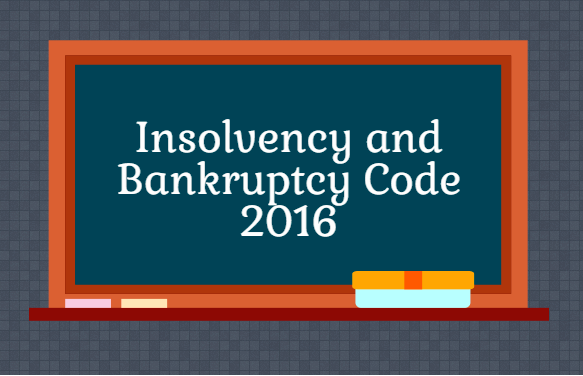+91-11-46628866 | info@compad.in Schedule a Meeting →

The Government of India promulgated the Ordinance to amend the Insolvency and Bankruptcy Code, 2016 (IBC -2016). Earlier the President of India had given his assent to the Ordinance to amend the Code. The Ordinance amends Sections 2, 5, 25, 30, 35 and 240 of the Code, and inserts new Sections 29A and 235A in the Code. The Ordinance aims at putting in place safeguards to prevent unscrupulous, undesirable persons from misusing or vitiating the provisions of the Code.
The amendments aim to keep out such persons who have willfully defaulted, are associated with non-performing assets, or are habitually non-compliant and, therefore, are likely to be a risk to the successful resolution of the insolvency of a company (Section 29A).
In addition to putting in place restrictions for such persons to participate in the resolution or liquidation process, the Amendment also provides such check by specifying that the Committee of Creditors ensures the viability and feasibility of the resolution plan before approving it. The Insolvency and Bankruptcy Board of India (IBBI) has also been given additional powers.
Along with other steps towards improving compliances, actions against defaulting companies to prevent misuse of corporate structures for diversion of funds, reforms in the banking sector, weeding-out of unscrupulous elements from the resolution process is part of ongoing reforms initiated by the Government. These would help strengthen the formal economy and encourage honest businesses and budding entrepreneurs to work in a trustworthy, predictable regulatory environment.
In order to ensure that the provisions of the Code and the Rules and Regulations prescribed are enforced effectively, the new Section 235A provides for punishment for contravention of the provisions where no specific penalty or punishment is provided. The punishment is fine which shall not be less than one lakh rupees but which may extend to two crore rupees.
For more details, please see http://pib.nic.in/newsite/PrintRelease.aspx?relid=173771